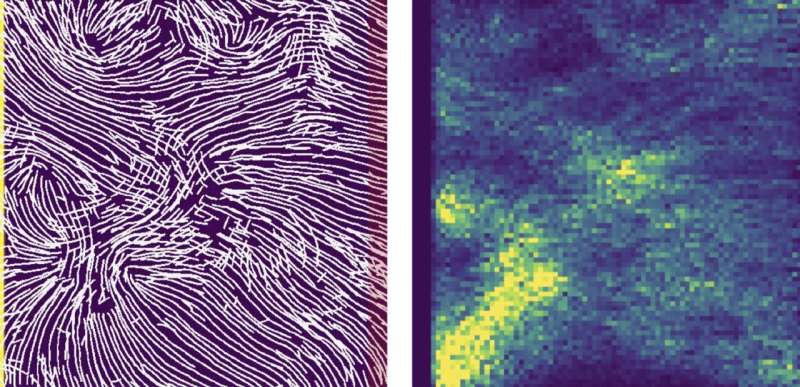Scientists at Stanford University have used an electron microscope to view the molecular arrangement of a new-age polymer and combined it with computer modeling to create a simulation of how those changes could improve the flow of electricity.

The team led by Dr. Salleo developed a new mathematical approach that lets them explore complex systems of atoms and molecules, revealing the inner workings of materials such as polymer fibers, polymers used in semiconductor fabrication, and metals. By visualizing how different molecules interact, they can predict the behavior of entire compounds.
Understanding how polymer structure affects electronic transport is critical for designing better-conducting polymers.
For example, the researchers confirmed that aligning chains “perfectly” produces an improvement in charge mobility but showed that this improvement is surprisingly modest.
When you stretch the chains of your engine it’s called stretching the engine’s valves. When you do this, however, the valve becomes a greater part in the electric transport process.
They showed that going a step further and rearranging the molecules results in a modest improvement in mobility. Shuffling molecules produces an even more surprising improvement in mobility.
This study would suggest that longer and stiffer chains of polymers with improved coupling are the most promising avenues for improving electrical conduction in these materials and that a bottom-up approach is required to create them.
Read From Paper
Luke Balhorn et al, Closing the loop between microstructure and charge transport in conjugated polymers by combining microscopy and simulation, Proceedings of the National Academy of Sciences (2022). DOI: 10.1073/pnas.2204346119